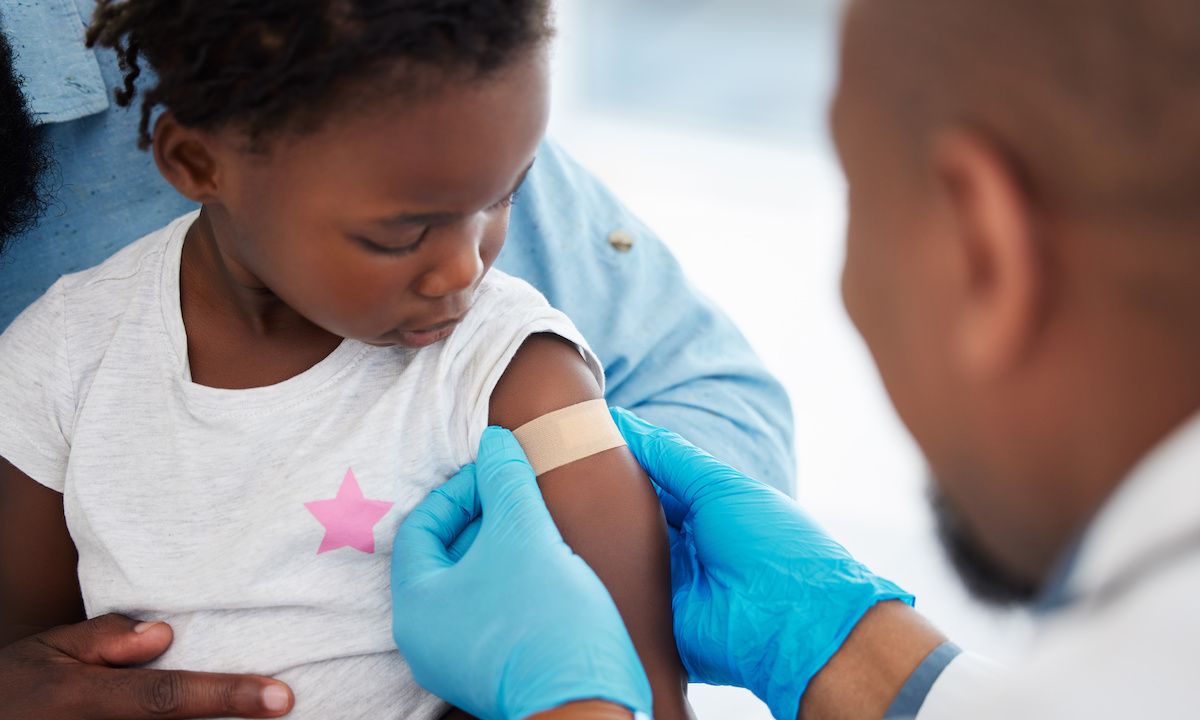News
Article
Meningitis Incidence, Deaths Down, but Investigators Say Key Hurdles Remain
Author(s):
Better diagnostic tests and wider availability of low-cost vaccines would help further decrease cases, the authors said
Global public health agencies have made significant progress in reducing the number of deaths attributable to meningitis, but a new study found the number of deaths could be reduced even further by expanding immunization and testing efforts.
The study was published in The Lancet Neurology.
The World Health Organization (WHO) has established a goal of “defeating” meningitis by 2030. Their roadmap toward that end calls for eliminating bacterial meningitis epidemics, reducing cases and deaths from vaccine-preventable bacterial meningitis, and reducing disability and improving quality of life among those who recover from meningitis.
Study authors said the purpose of their analysis was to assess global trends in meningitis deaths and incidence to see how much progress the WHO has made in its efforts.
“Robust and comparable estimates of meningitis incidence and mortality are invaluable in tracking progress and identifying gaps toward achieving these goals,” the authors said.
The authors used data from the Global Burden of Diseases, Injuries, and Risk Factors Study 2019 to track meningitis morbidity and mortality in 204 countries between 1990 and 2019.
Their data showed that, in 2019, an estimated 236,000 people died from meningitis around the world, and 2.51 million incident cases were reported. However, when investigators age-standardized the case burden, they found that mortality rates had decreased from 7.5 deaths per 100,000 people in 1990 (95% uncertainty interval [UI], 6.6-8.4) to 3.3 deaths per 100,000 people in 2019 (95% UI, 2.8-3.9).
The authors found that the youngest children had the highest meningitis burden. In 2019, an estimated 112,000 children younger than age 5 died from meningitis, and 1.28 million cases among children under 5 were reported.
In terms of disease etiology, the authors found that the highest proportion of overall meningitis deaths were attributable to Streptococcus pneumoniae (18.1%), followed by Neisseria meningitidis (13.6%) and Klebsiella pneumoniae (12.2%).
Among children younger than 5 years, S pneumoniae, N meningitidis, and Haemophilus influenzae were responsible for the most meningitis-related deaths, the authors said.
The good news, they said, is that there have been significant reductions in deaths attributable to all 3 of those pathogens over the last 3 decades, they said.
“A reduction in the burden of these pathogens could be attributed to successful vaccination rollouts over the past 30 years, with the highly effective Hib, pneumococcal, and meningococcal conjugate vaccines playing a key role,” they wrote.
More specifically, the authors said the MenAfriVac campaign, an effort to reduce meningitis in the sub-Saharan “Meningitis Belt” by promoting the meningococcal serogroup A conjugate vaccine, was highly successful at reducing vaccine-preventable cases of meningitis.
“A key factor in the successful rollout of MenAfriVac is its much lower cost than other comparable conjugate vaccines, improving the feasibility of mass rollout and sustainable vaccination,” the authors said.
At the same time, the investigators said the rise of K pneumoniae–attributable cases is a cause for concern. The authors said the pathogen was not listed as a priority in the WHO goals, possibly due to a lack of available data at the time the priorities were made.
“Unlike S pneumoniae and N meningitidis, which are the most common causes of community-acquired meningitis, K pneumoniae meningitis is usually hospital acquired and has higher mortality rates, especially in patients older than 60 years with comorbidities,” they said.
The authors said better rapid diagnostic tests to detect K pneumoniae would improve tracking of its spread and help reverse the increase in cases.
More broadly, while the investigators said the overall trend in meningitis is positive, more work is needed to make vaccines available and to better strengthen diagnostic testing capacity.
“Additional enhanced surveillance data will improve country-specific burden estimates, which will help track progress towards reducing the global burden of meningitis by 2030,” they wrote.
Reference
GBD 2019 Meningitis Antimicrobial Resistance Collaborators. Global, regional, and national burden of meningitis and its aetiologies, 1990-2019: a systematic analysis for the Global Burden of Disease Study 2019. Lancet Neurol. 2023;22(8):685-711. doi:10.1016/S1474-4422(23)00195-3




